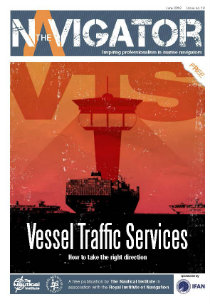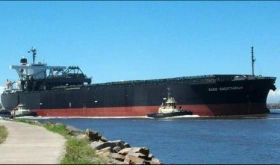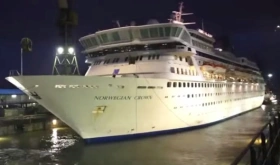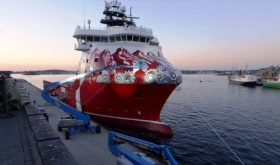The North American Emission Control Area (ECA) proposed by the Environmental Protection Agency (EPA) would require that all vessels travelling within 200 nautical miles of the North American coast run off an ultra-low sulphur content fuel.
Although the above seems to be for the greater good of the people and the environment there two sides to every coin and the same goes for EPA’s proposal. The Shipping Industry in America is suggesting that the proposal might be damaging for the environment, especially the short sea shipping industry.
On 04 March 2014, at a Congressional hearing in the USA with subject “Maritime Transportations Regulations: Impacts on Safety, Security, Jobs and the Environment”, Rod Jones and Bill Terry, President and CEO of the CSL Group and Eagle Rock spoke out against the bill, outlining a series of drawbacks that could threat the true purpose of the ECA.
More specifically according to Rod Jones and Bill Terry, EPA’s assumption that converting to the new low-emission fuel (more expensive that the standard HFO) will cause an increase on shipping prices (about 3%), considers only vessels that work on a trans-oceanic route.
Such vessels would only enter the low emissions zone momentarily on their journey, whereas short sea operators along the coast line are constantly operating within the ECA and this would result in cost increases 10 times that of those predicted by the agency.
Mr. Jones gave also an example, based on CSL calculations, that on average, each ship would bear about $815,000 of additional annual fuel costs. This cost for CSL alone might exceed 14 million USD per year.
The rise in shipping prices would consequently result in an increase in land-based transport which is something far away from what we call “efficient”, since one short sea vessel can carry the equivalent of 2,000 trucks. Not to mention that as a result in turning to land based transport greenhouse gas will increase.
Mr Terry argued also on the damage that will be caused on industries that rely on short sea shipping (e.g. higher construction materials).
Both executives proposed the modification of the ECA zones as smaller vessels have very little impact on coastal air quality once reaching the average cruising distance of 50 nautical miles.
Sources: Port Technology, Roll Call














Leave a Comment